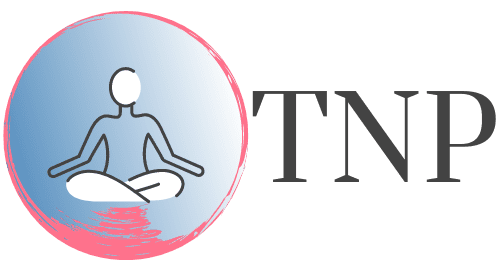Nurturing Wellness in the Workplace: Combating Burnout through Somatic Practices and Mindfulness
- January 28, 2024
- Posted by: Danielle Brunson
- Category: Mindfulness Tips Workplace

In today’s fast-paced work environment, a growing concern has emerged – burnout among full-time employees. At The Namaste Project, we understand the significance of this issue and are committed to addressing it through somatic practices and mindfulness initiatives designed to promote ‘Mindfulness at Work.’
The Burnout Epidemic:
- Since the turbulent times of 2020, the prevalence of burnout among full-time employees has been on the rise. Mental health challenges, such as anxiety and depression, surged from 11% to a staggering 40% between 2019 and 2020 (Reinert et al., 2022). Even more concerning, 37% of adults reported frequent thoughts of self-harm or suicide. In 2023, a significant 21% of adults in the U.S. reported living with a mental illness.
Impact on the Workplace:
- The consequences of this mental health crisis are profound within workplaces. Before the pandemic, 76% of employees experienced burnout at some point, with 28% feeling burned out “very often” or “always.” Burnout leads to a 63% higher likelihood of taking sick days and a 23% higher likelihood of visiting the ER.
The Costly Consequences:
- Employee burnout is not just a personal struggle; it exacts a toll on businesses as well. High turnover, often driven by burnout, incurs replacement costs ranging from $25,000 to $100,000 per employee. The collective cost of corporate burnout, including lost productivity, is a staggering $1.8 trillion in the U.S.
Addressing the Challenge:
- Solving this issue requires proactive steps. While healthy workers have relatively low absenteeism and presenteeism rates, mental health conditions, particularly depression, contribute to increased absenteeism and presenteeism. Benefit programs can influence absenteeism rates and the duration of absences.
The Role of Employee Wellness:
- This is where employee wellness programs come into play. They lead to increased productivity, improved focus, and efficiency. By promoting physical and mental well-being, these initiatives reduce absenteeism and contribute to healthier, more engaged employees.
Promoting a Positive Workplace Culture:
- Wellness programs also foster a positive workplace culture, enhancing employee morale and engagement. Supporting mental health through wellness initiatives involves providing resources, promoting work-life balance, fostering open dialogue, and offering flexible schedules.
The Path Forward:
- HR professionals must recognize the growing importance of wellness programs in the modern workplace. A survey found that 72% of employers saw a reduction in healthcare costs after implementing wellness programs. In 2023, organizations are expected to invest heavily in mental health, financial wellness, stress management, and mindfulness and meditation programs.
In an era marked by heightened absenteeism and preabsenteeism, HR professionals play a pivotal role in prioritizing employee well-being. Somatic practices and mindfulness initiatives offer a holistic approach to addressing these challenges. As the workplace continues to evolve, embracing these practices can not only improve employee morale and engagement but also drive organizational success. By recognizing the importance of these initiatives, HR professionals can navigate the changing landscape and create a healthier, more resilient workforce.
CTA – Discover how The Namaste Project supports HR professionals in implementing wellness initiatives by scheduling a meeting with our team.
